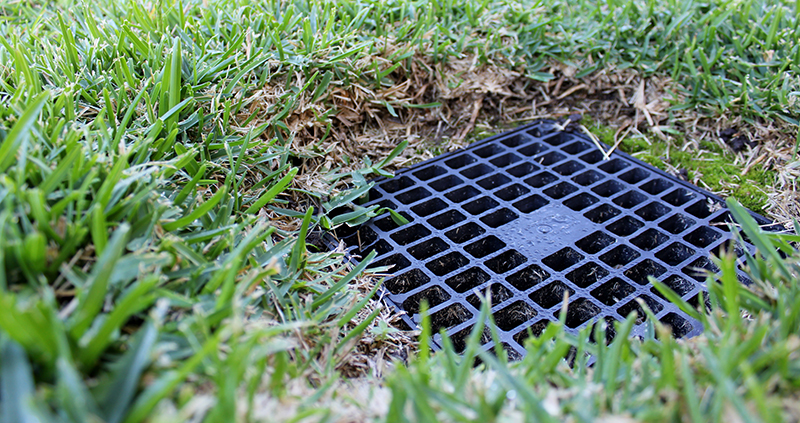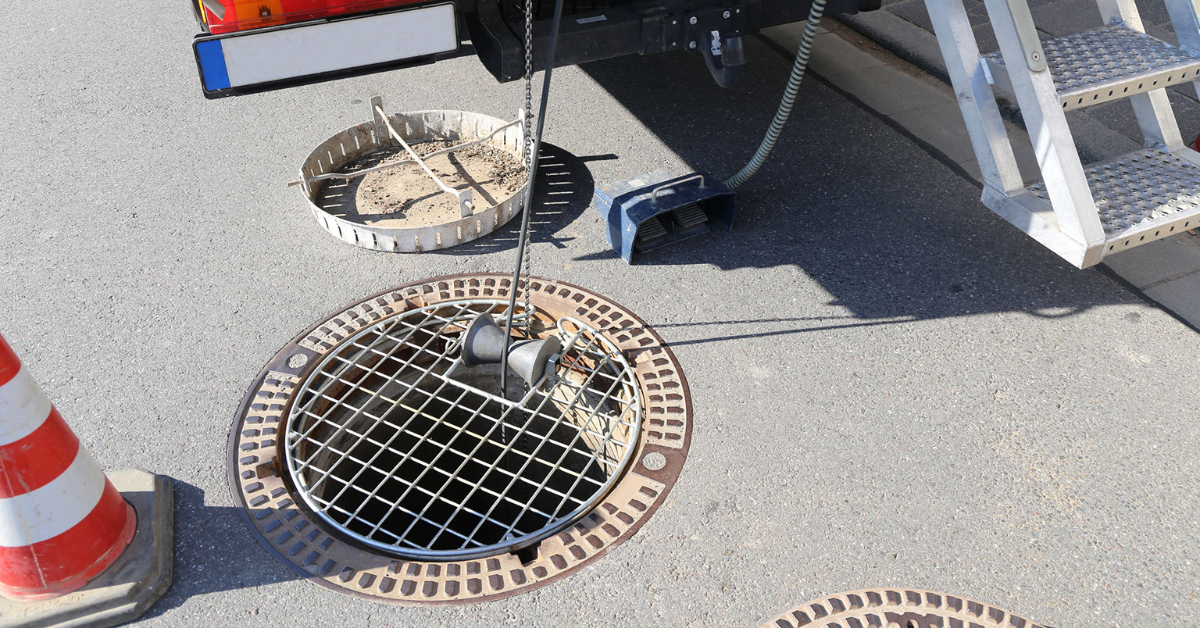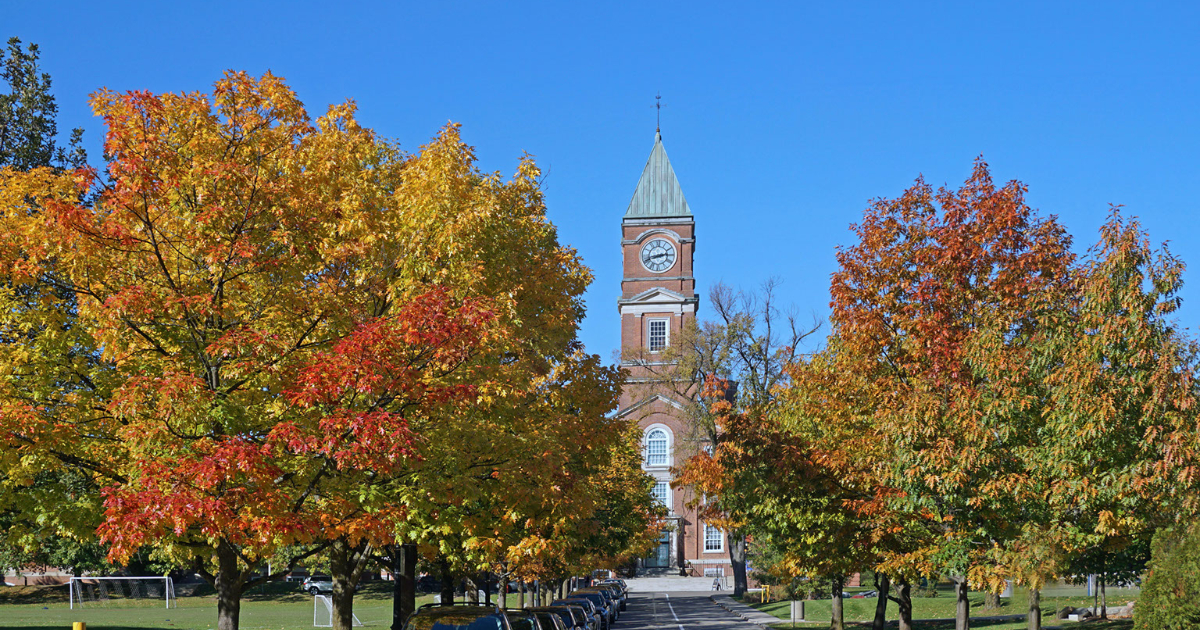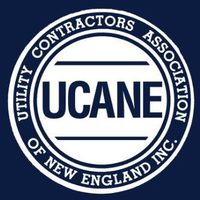
Did you know that most commercial and residential properties have catch basins installed in the ground? There is a great deal of reasons for these structures, however the most common purpose of a catch basin is to separate the host of contaminants that are found in stormwater and snowmelt runoff. So why do these contaminants need to be separated from the water in the first place? Typically speaking, the stormwater and snowmelt runoff is eventually distributed to local waterways such as ponds, streams, and rivers. If the contaminants are not separated first, the stormwater and snowmelt runoff will pollute the environment.
That is exactly where catch basins come into play. When heavy-duty rainstorms occur, and the snow melts in the spring some of the water is absorbed into the ground. The rest flows over the ground until it reaches a low point. Catch basins are designed to be that low point. As the water is traveling, it picks up any pollutants within its path. For example, if there is a puddle of oil or anti-freeze on the ground and the water flows through it, some if not all of the oil or anti-freeze becomes part of the water. The same holds true with dirt and sand. In essence, it all mixes in with the water.
Once the mix of stormwater/snowmelt runoff and the pollutants reaches a low point, they enter into the catch basin. In essence, they are boxes that are buried underground. The top of the box is covered with a grate that is located at ground level. The stormwater and snowmelt runoff enter into the box through the grate. Once that happens, any substances in the water that are heavier than the water, like oil, anti-freeze, sand, and dirt sink to the bottom of the box and separate from the water. The water then enters into a pipe where it is distributed to the local waterways. In some cases, the water is distributed to a man made retaining pond that is on or near the property.
Depending on the city/town the water may enter directly into the main sewer line where it travels to a sewage treatment facility. The substances that were separated from the water stay in the catch basin until they are cleaned out by a professional environmental company. If the catch basins are not cleaned out on a regular basis, which is typically one or two times per year, the sediment will build up until the point that it blocks the pipe that the water needs to go through. If that happens, it can lead to disaster. When the water cannot flow out of the catch basin through the distribution pipe, it will back up out of the box and flood the surrounding areas. That can be easily prevented by scheduling a routine catch basin cleaning and inspection.
If you have any questions about catch basin cleaning, inspection, and overall maintenance, or would like to schedule service we are happy to help. Jolin Paving & Excavating, Inc. is your New England connection for a vast variety of environmentally related services. Our company has been serving Boston Massachusetts, Southern NH, VT & ME as well as Northern CT & RI since 1952. Please Contact us to learn more today.
continue reading






